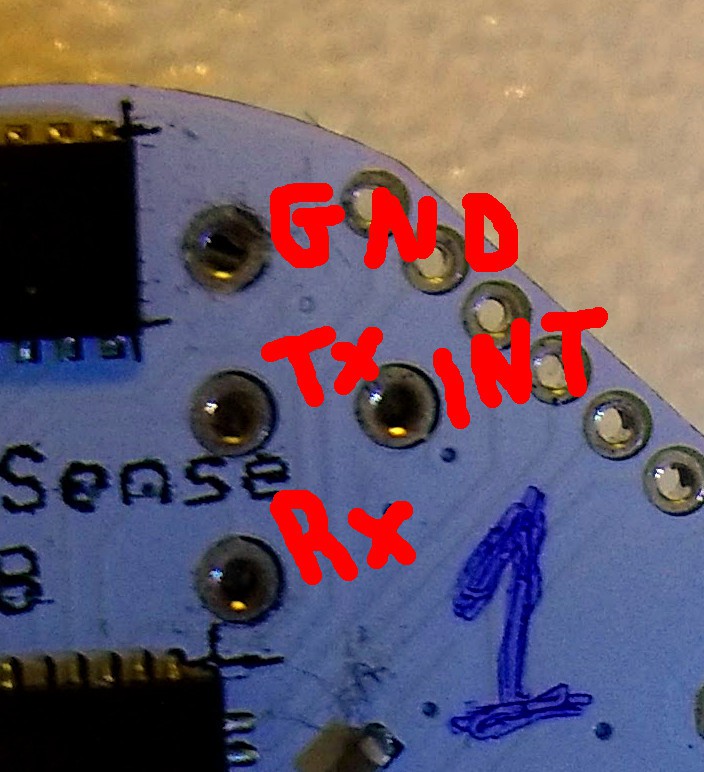Low power devices try to keep all unused peripherals switched off. Even the simplest peripherals, such as UART, can shave months or years off battery life on devices powered by a coin cell if a 'UART receive' interrupt is active. If it isn't, how can the device know when it is connected to another device so it can power the UART up?
I've come up with a simple, low-cost solution (I'm sure not the first): Add one more wire (INT) to UART's three wires (Rx, Tx, and GND). The MCU keeps this wire at a high state via its internal pull-up resistor. The connector shorts it to GND, which is how the MCU can tell it's connected and initiates data exchange. The device can check that pin's state at regular intervals, e.g. every time the RTC interrupt fires, or in less power consumption-wary schemes it can use a pin interrupt.

The four wires are arranged it a 'T' formation to eliminate orientation confusion; there's only one obvious way to connect it. For now I'm using an FTDI-based USB to UART bridge board I got off ebay, with four pogo-pins soldered on a piece of stripboard.

Everyone wishing to use even one of these temperature loggers will need this USB-to-UART-to-T-shape connector, so I plan to make an all-in-one PCB to include in this project's schematics.
With this connector, I'm comfortably achieving a 1M baud connection. This speed is necessary because the device may need to send up to 64kBytes of data to the host, and this has to be achieved well within the 8 seconds between each Real Time Counter interrupts.
 Nikos
Nikos
Discussions
Become a Hackaday.io Member
Create an account to leave a comment. Already have an account? Log In.
good solution, just as I2C communication with Interrupt.
Are you sure? yes | no